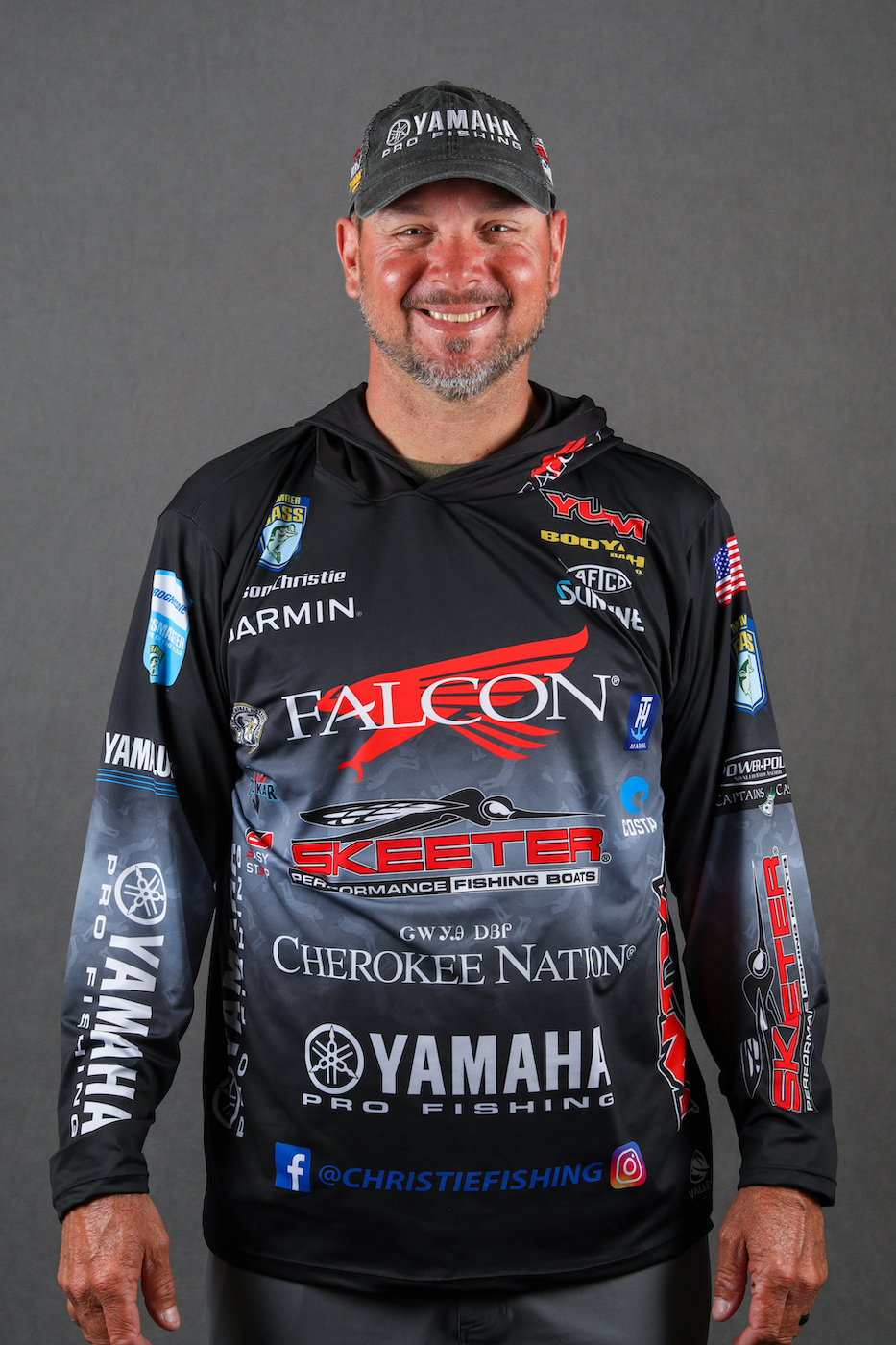Of all the factors that might influence my performance in the Elite event on Chesapeake Bay, I think one of the biggest will be alertness.
From what I saw in practice, I’m not expecting a whole lot of bites, so when I do get one, paying attention to where I got bit and what was happening at the time will be important for establishing consistency.
Practice was extremely tough for me and that was due to a few different factors. First, this is my first time fishing the Chesapeake Bay, and it’s an enormous fishery.
On the upside, there are a lot of different types of habitat: There are acres and acres of eel grass, rocks, docks, wood – pretty much anything a guy would want to fish.
But all that habitat is spread across a whole lot of water. Even in a full day of practice, you’re limited in how much water you can cover, so you just make your best decisions on where to fish and try to be as thorough as possible.
The weather has played a role in practice too, with storms and windy conditions making it tough to fish certain areas. The weather is supposed to clear up in time for the tournament, so that will give us some nicer conditions to fish; but those storms definitely limited my practice.
Overall, the biggest challenge for this week has been and will be the tide. I’m not all that experienced on tidal waters, but I can usually figure something out.
This week, however, we have these super high tides and that makes it tough because it allows the fish to spread out more. Generally, outgoing tides are most productive, because fish are coming out of the vegetation and pulling off that shoreline cover.
Lower water concentrates fish in more predictable areas, but in this high water, they can be really tough to find.
At any tide stage, one thought that always goes through my head is “Am I fishing in brackish water or not?” Your purely freshwater areas typically are going to be most productive, but sometimes, it’s hard to tell.
That’s challenging, but you just have to tell yourself that there’s a bass around here and I’m going to see if I can catch it.
You can’t let the brackish water get in your head. It’s a concern, but there’s also a lot of potential here. It seems to me that in these tidal fisheries the fish will be really ganged up. You may fish two hours and not get a bite and then get five bites in 10 minutes.
You just have to stay hooked up and keep moving.
I’m sure there will be a few guys who are dialed in. They’ll have a couple of little spots where they can get some fish, but for most of us, I think we’re just going to need to stay hooked up and keep casting.
You never know when that bite’s going to come, so you have to be paying attention whenever you do get a bite.
In practice I started with 15 rods on the deck, but Tuesday afternoon, I put 10 of them away and just kept the five that I have confidence in. Those are the rods I’m going to use in the tournament.
I’ll be doing a lot of flipping with Booyah jigs and YUM plastics, I’ll throw a Booyah spinnerbait and a Bomber crankbait and I’ll work a Booyah Pad Crasher frog around some of that shallow cover.
Since practice was a wash, I can’t say which baits will be most productive. I think it’s going to be important to keep an open mind and go fishing.
One thing you have to keep in mind is that summertime patterns in this type of fishery mean the fish could be scattered throughout a variety of depths. There’s always going to be some fish shallow, but you don’t know if there are some out there in 8 feet, 6 feet or 2 feet.
That’s a big range on Chesapeake Bay. The difference between 2 feet and 8 feet could be a half mile in some places; so it’s hard to key in on a certain depth whenever there’s not a lot of the same structure at that depth.
With the tide schedule moving up about an hour each day, we’re going to launch during the incoming tide and fish rising water through midday. We won’t get much of the outgoing cycle, so this tournament will hinge on how guys deal with the high water.
It’s kind of like putting a puzzle together and you don’t really get a piece until you get a bite.
Some guys might focus on a particular area while others will run around a lot and cover a lot of water. I’ll be in that second group, and you can bet that when I get my bites, I’ll be noting every relevant detail.

